Even so, the ever-changing nature of the golf course is not that of a painter who has played for more than 30 years and painted more than a thousand of it. At least it's a matter of deciding between what looks like and what doesn't, because I'm not the "resident painter" of a club, nor do I believe in "hyper-realism". As for myself, I still have to give a painting a "name", or paint a few shots of the iconic putting greens of a course, because my work may be facing the audience who have not played golf or have played it but have not painted. So the "name" of the painting is not important, because even if there is a painter as obsessed with golf course painting as I am, and go with me to paint the same fairway or putting green of the same course at the same time, then the paintings will have our own style. Just as you can't duplicate Camille Corot's Barbizon, Claude Monet's Water Lilies, Giorgio Morandi's bottles, or David Hockney's Yorkshire.
My dream is to play in all the courses I want to but have never played in, and to paint all the golf courses I want to paint but have never painted. The final golf course picture in my dreams has the colors which are beautiful and not just green. Maybe my idols Tiger Woods and McIlroy would like to swing their clubs amidst this vibrant tapestry.
——Zhang Shaoxia
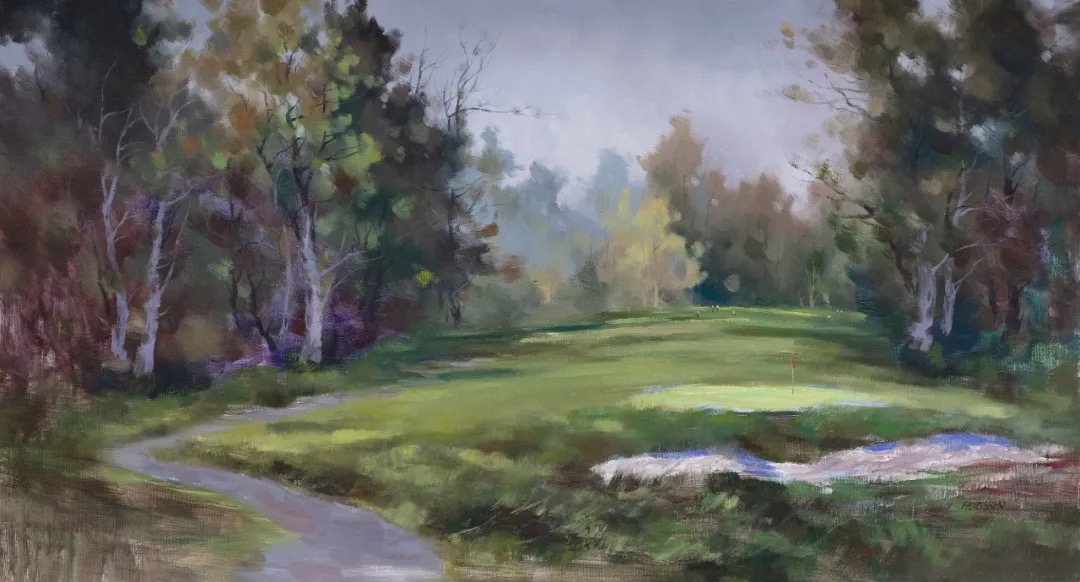
Extension of the Green Fairway (Douglaston Plaza Golf Club)
oil on canvas
120×65cm
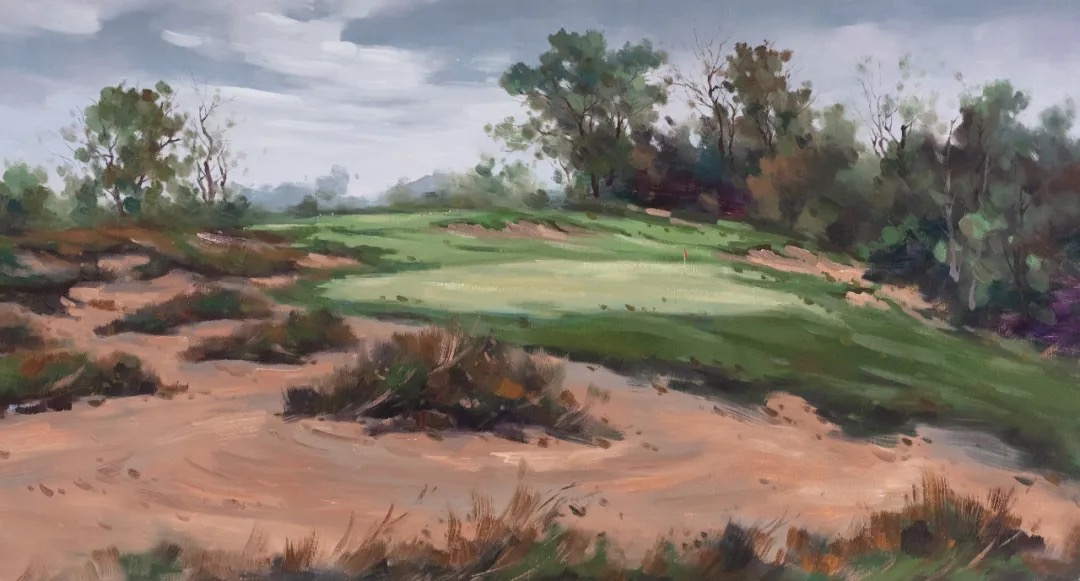
Bare Hills (Sanya Mystic Springs Golf Club)
oil on canvas
120×65cm
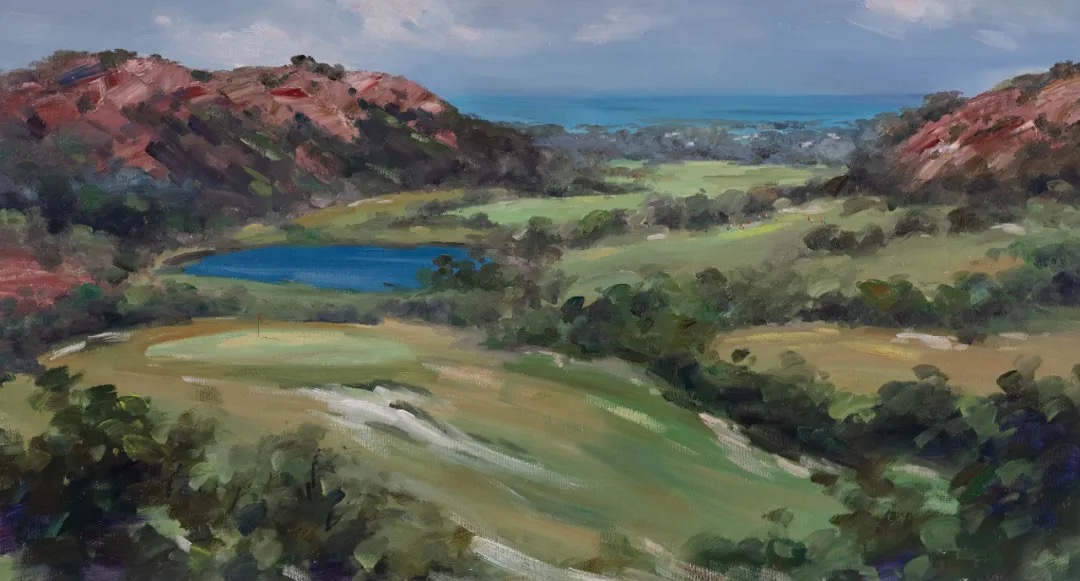
Bare Hills (Sanya Mystic Springs Golf Club)
oil on canvas
120×65cm
.jpg)
A Course that No Longer Exists (Haikou Meishi Mayflower Golf Club)
oil on canvas
120×65cm
.jpg)
Green between Bunkers and Rocks (Qingyuan Lion Lake Country Club)
oil on canvas
120×65cm
.jpg)
Hidden Cities (Olympic Golf Course)
oil on canvas
120×65cm
.jpg)
High Difficulty Green (New Albany Golf Club)
oil on canvas
120×65cm
.jpg)
Exaggerated the Water Barrier in Front of the Green (Van Cortland Park Golf Course)
oil on canvas
120×65cm
.jpg)
Surrounded Green (Streamsong Resort - Blue Course)
oil on canvas
120×65cm
.jpg)
Hole 4 on the Right Dog Leg (Orchard Vali Golf Course)
oil on canvas
90×60cm
.jpg)
Autumn (Van Cortland Park Golf Course)
oil on canvas
90×60cm

Forest Fairway (Douglaston Plaza Golf Course)
oil on canvas
90×60cm
.jpg)
Summer (The Ritz-Carlton Golf Club)
oil on canvas
90×60cm
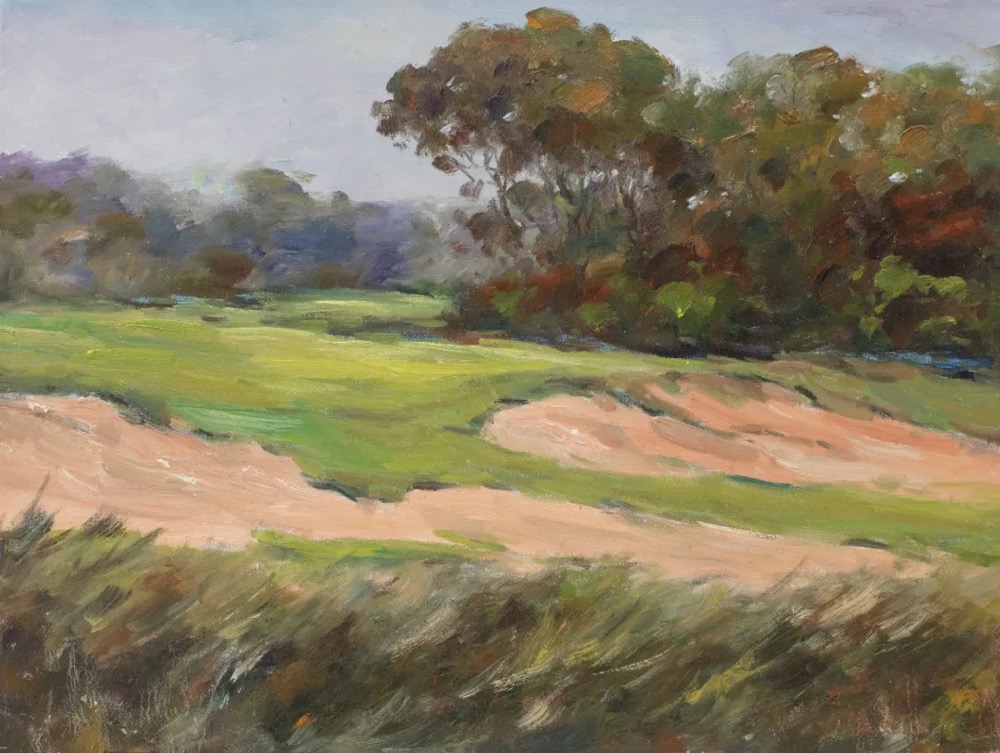
The Ball Went into the Rough
oil on canvas
61×46cm
.jpg)
Overlooking the Fairway
oil on canvas
61×46cm
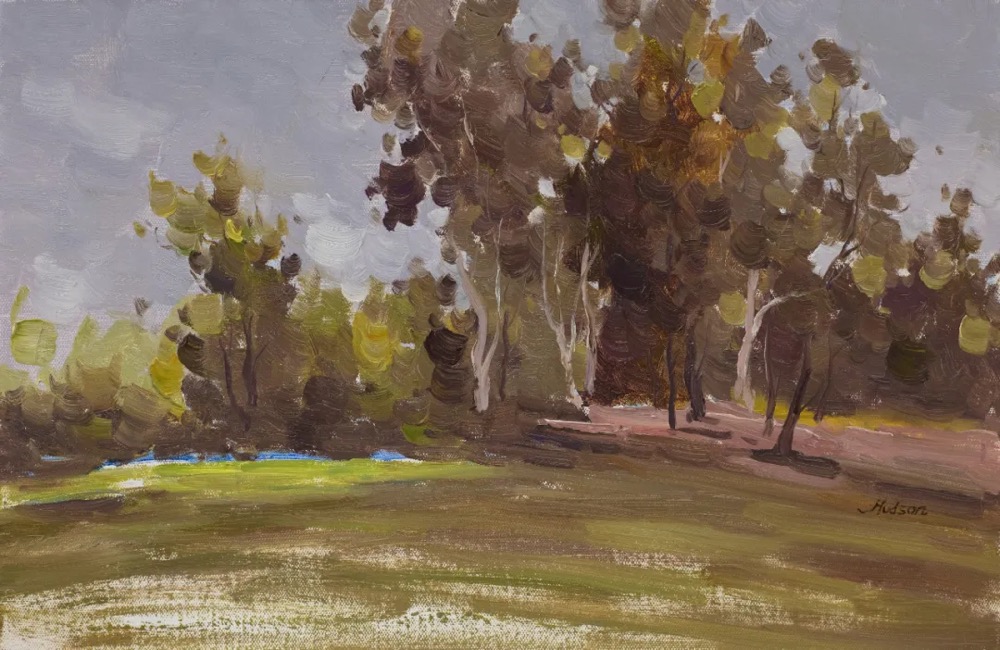
Favorite Value
oil on canvas
60×40cm
.jpg)
Green in a Valley
oil on canvas
60×40cm
.jpg)
Impressions about a Green
oil on canvas
60×40cm
.jpg)
A Beautiful Water Hazard
oil on canvas
60×40cm

Autumn Wind (Overpeck Golf Course)
oil on canvas
76×60cm
.jpg)
Zhang Shaoxia
Born in 1953 in Nanjing, Jiangsu Province.
In 1968, at the age of fifteen, he went to work in the rural areas in Zhenjiang and Taixing in Jiangsu Province as an intellectual youth.
From 1972 to 1974, as one of the first worker-peasant-soldier students in the Cultural Revolution period (1966-1976), he studied at the Fine Arts Department of Nanjing Normal University.
After graduation in 1974, he was assigned to teach at Taixing Middle School in Jiangsu Province.
In 1979, as one of the first postgraduate students of art history in China, he was enrolled in the Department of Fine Arts of the Nanjing University of the Arts, where he was guided by the famous expert in the history of foreign art, Prof. Liu Ruli. During the three years of postgraduate studies, he wrote a million-word textbook in the history of foreign art, which was the largest of its kind in domestic art schools at that time, and published more than ten articles.
In 1982, he stayed in the school as a teacher and devoted himself both to writing books and teaching. The Shaanxi People's Fine Arts Publishing House successively published his three monographs, A Brief History of European Arts and Crafts, A History of African and American Arts and Crafts and A History of Asian Arts and Crafts, which are the "first cornerstone" and "first textbook" of the history of foreign arts and crafts in China.
In 1986, Jiangsu Fine Arts Publishing House published his A History of Modern Chinese Painting, co-authored with Li Xiaoshan, which was a sensation when it was released and was an important work during the ‘85 New Wave of Chinese art and is still regarded as the "leading work" in this field.
In 1987, he was contracted by the People's Fine Arts Publishing House in Beijing to publish the three-volume History of Western Art Development, which he co-authored with his mentor, Prof. Liu Ruli.
During his ten years at the Nanjing University of the Arts, he also presided over and participated in the declaration of the school's doctoral program, and at the age of thirty-one he was promoted to be associate professor, the youngest one at the time.
In 1988, at the age of thirty-five, he went to the Hainan Special Economic Zone, and worked as the first dean of the School of Arts at Hainan University.
Three years later, he left his job to go into business, which he has been doing for nearly thirty-five years till now.
In spite of all the business hectic times, he has not dared to slacken on his studies.
In 1997, Shanghai People's Fine Arts Publishing House published the World Painting Treasures, edited and contributed by him, with twenty volumes, three thousand pictures and hundreds of thousands of words. The book was listed as a key book during the Ninth Five-Year Plan period (1996-2000) of China, and won the only gold medal for art books in the publishing system.
In 1998, Shanghai People's Fine Arts Publishing House published Encyclopedia of World Art (CD-ROM), edited by him and with contributions by Prof. Zuo Zhuangwei, and this book brings together nearly 10,000 works of Western painting, sculpture, architecture and arts and crafts.
In 2009, Shanghai Painting and Calligraphy Publishing House published his monograph A History of World Arts and Crafts. The year 2011 saw the publication of his monograph A History of European Art in two volumes.
At the same time, he has never forgotten to paint during his more than thirty years in business. Over the years, he has devoted himself to sketching and oil painting of golf course landscapes all over the world. Because he has been playing golf for thirty years, he has preserved more than one thousand oil paintings of golf course landscapes. In terms of the subject matter of the oil painting landscapes alone, it is unique in today's painting world. And on November 8, 2023, he held a large-scale "Golf Scenery Oil Painting Exhibition" in the Art Museum of Nanjing University of the Arts, which was a sensation.